Shifts in Consumer Preferences
Shifts in consumer preferences are increasingly influencing the property insurance market. As homeowners become more aware of their insurance options, there is a growing demand for personalized coverage solutions. Consumers are seeking policies that align with their specific needs, such as coverage for home-based businesses or eco-friendly home improvements. This trend is prompting insurers to develop more flexible and customizable policy offerings. In 2025, it is estimated that 40% of new policies will include tailored coverage options, reflecting this shift in consumer behavior. Additionally, the rise of online platforms for purchasing insurance is changing how consumers interact with insurers, leading to increased competition and innovation within the property insurance market.
Regulatory Changes and Compliance
The property insurance market is significantly shaped by ongoing regulatory changes and compliance requirements in the US. State and federal regulations are evolving to address issues such as consumer protection, pricing transparency, and claims handling. For instance, recent legislation mandates clearer disclosures regarding policy terms and conditions, which impacts how insurers communicate with their clients. Additionally, the introduction of new regulations may require insurers to enhance their operational frameworks, potentially increasing costs. In 2025, it is estimated that compliance-related expenses could account for up to 15% of total operational costs for property insurers. As a result, companies in the property insurance market must remain vigilant and adaptable to these regulatory shifts, ensuring they meet compliance standards while maintaining competitive pricing and service quality.
Rising Natural Disaster Incidence
The property insurance market is increasingly influenced by the rising incidence of natural disasters in the US. Events such as hurricanes, wildfires, and floods have become more frequent and severe, leading to heightened claims and losses for insurers. In 2024, insured losses from natural disasters reached approximately $100 billion, underscoring the financial impact on the property insurance market. Insurers are compelled to adjust their risk models and pricing strategies to account for these changing dynamics. This trend not only affects premium rates but also influences policy coverage options, as consumers seek more comprehensive protection against potential losses. Consequently, the property insurance market is adapting to these challenges, with companies investing in advanced analytics and risk assessment tools to better understand and mitigate the risks associated with natural disasters.
Economic Factors and Housing Market Trends
Economic factors and housing market trends are critical drivers of the property insurance market. The US housing market has experienced fluctuations in home prices, which directly impact insurance premiums. As home values rise, so do the replacement costs for insured properties, necessitating adjustments in coverage limits. In 2025, the average home value is projected to increase by 5%, influencing the overall premium rates in the property insurance market. Moreover, economic conditions such as interest rates and employment levels can affect consumers' ability to purchase insurance. A robust economy typically correlates with higher demand for property insurance, as homeowners are more likely to invest in comprehensive coverage. Insurers must navigate these economic variables to remain competitive and responsive to market demands.
Technological Advancements in Risk Assessment
Technological advancements are playing a pivotal role in transforming the property insurance market. The integration of artificial intelligence (AI) and machine learning is enhancing risk assessment processes, allowing insurers to analyze vast amounts of data more efficiently. This technological evolution enables more accurate underwriting and pricing strategies, which can lead to improved profitability. In 2025, it is projected that 60% of property insurers will utilize AI-driven tools for risk evaluation. Furthermore, the use of drones and satellite imagery for property inspections is becoming more prevalent, providing insurers with real-time data to assess risks and damages. As these technologies continue to evolve, they are likely to reshape the operational landscape of the property insurance market, fostering greater efficiency and customer satisfaction.



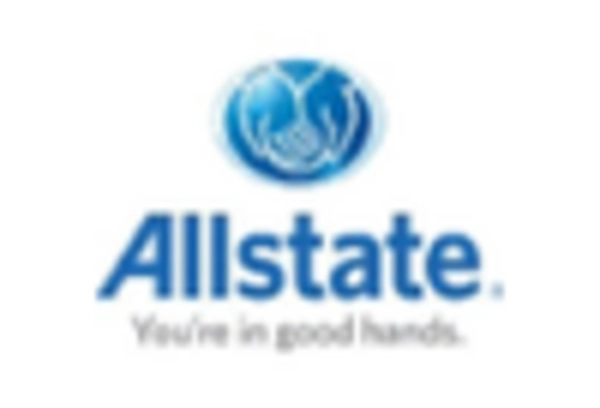
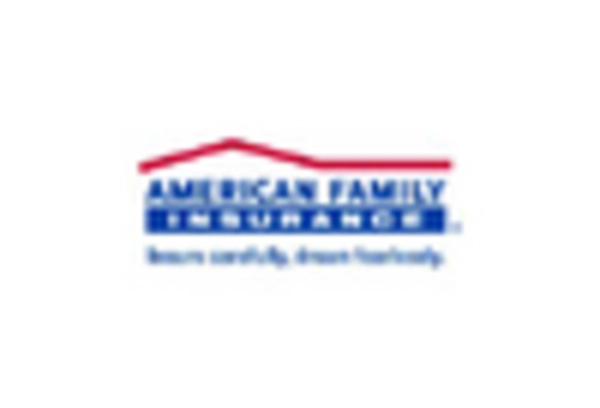
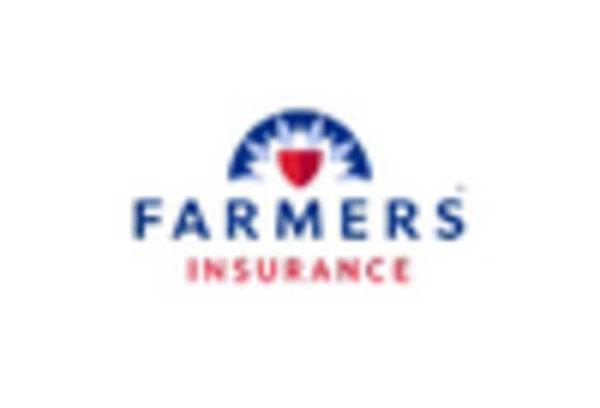

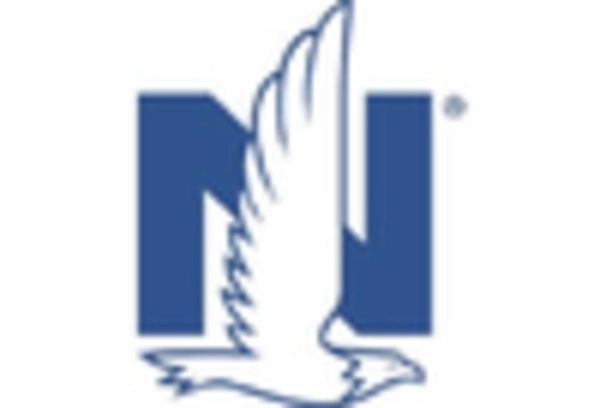
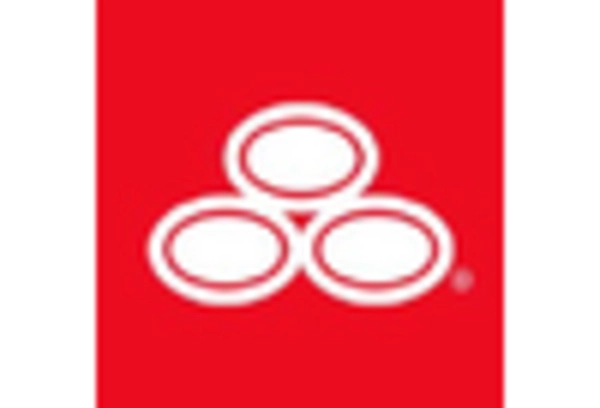








Leave a Comment